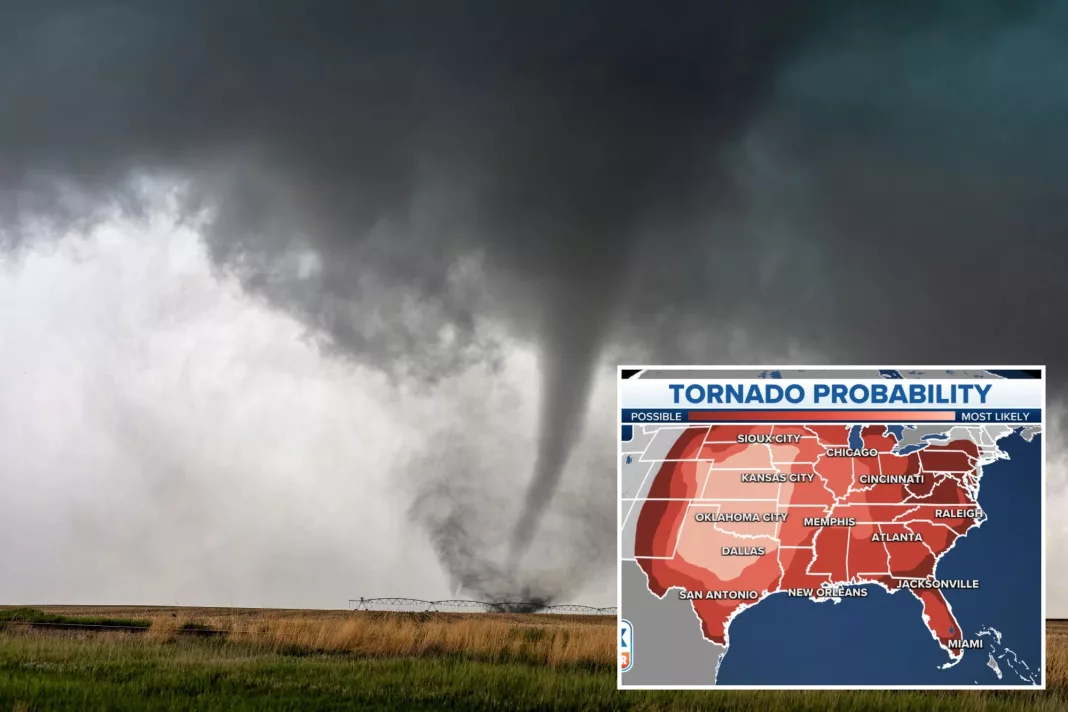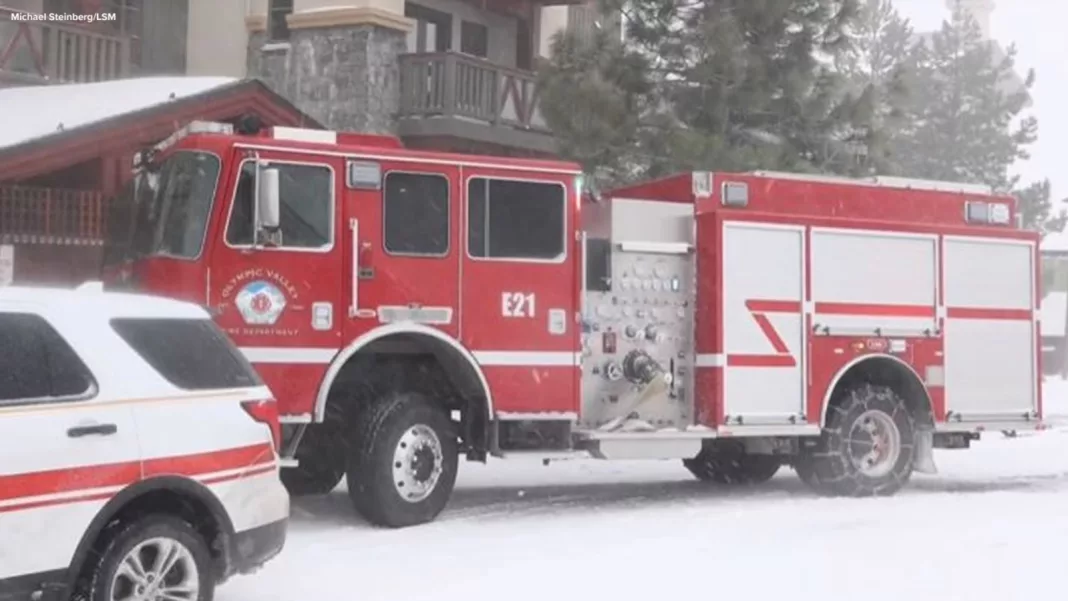Tornadoes can occur in the United States during any month, with the areas most susceptible to these destructive storms changing throughout the year. Shane Brown, a senior weather data specialist at FOX Weather, has analyzed the locations and frequencies of confirmed tornadoes since 1950 to create a series of maps illustrating the most vulnerable areas in each month.
During the winter months, when much of the nation experiences cold temperatures, there is still a significant probability of tornadoes in parts of the South. This is due to the jet stream settling in the southern U.S., creating a sharp contrast between cold air from Canada and warm air from the Gulf of Mexico.
The winter season sees a stronger jet stream, which can provide the necessary spin and energy for thunderstorms to intensify and potentially form tornadoes. Severe storms are often found where there is a southward dip in the jet stream or a cold front moving through a region.
As spring arrives and the jet stream begins its northward migration, the threat of tornadoes spreads farther north. By April, temperatures in the Plains and Midwest, including “Tornado Alley,” can reach the 80s and 90s, accompanied by humid air masses that fuel severe thunderstorms and tornadoes. May is historically the most active month for tornadoes, followed by April and June.
During the summer, the jet stream typically remains near the U.S.-Canada border, increasing the tornado threat for parts of the northern and central Plains, Midwest, Northeast, and mid-Atlantic states. The heat and humidity during this season create favorable conditions for tornado formation.
A secondary peak in tornadoes occurs in the fall, particularly in the Gulf Coast region. As the atmosphere transitions from summer to winter, the jet stream retreats southward and strengthens. Severe weather can extend into the Ohio Valley and southern Great Lakes during this time.
In November and December, the primary tornado threat is confined to the South, where temperatures and humidity remain higher due to the influence of the Gulf of Mexico. Late-season tropical activity can also contribute to increased severe weather along the Gulf Coast during these months.
It is important to note that tornadoes can occur virtually anywhere during the warmest months when there is ample heat and humidity available. The occurrence of severe weather is unpredictable, but understanding the seasonal patterns can help individuals and communities prepare and stay safe.

